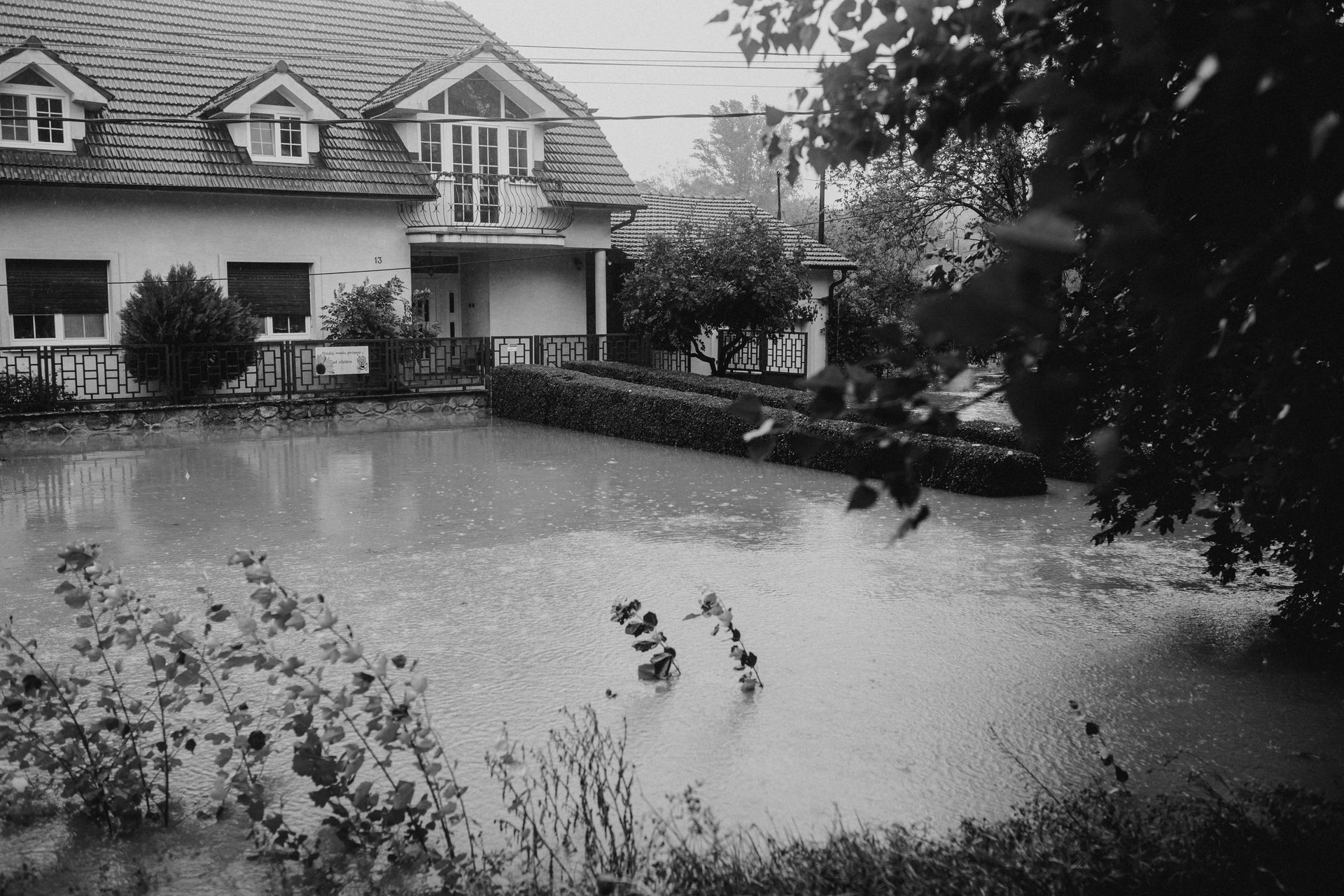Spring Storm Coverage Guide
Spring Storm Coverage Guide: Protecting Your Home and Property
Spring is a season of renewal, but it also brings the potential for severe weather. As temperatures rise and weather patterns shift, the risk of strong winds, hail, and flooding increases. These powerful storms can cause significant damage to your home and property, leaving you with costly repairs and a major headache. Being prepared for spring storm season is essential, and understanding your insurance coverage is a crucial part of that preparation.
This guide will help you navigate the complexities of spring storm coverage, highlighting important insurance considerations for wind, hail, and flood damage.
Understanding the Threats: Wind, Hail, and Floods
Spring storms can unleash a variety of destructive forces:
- High Winds: Strong winds can tear off shingles, damage siding, topple trees, and send debris flying, causing significant damage to your home's structure and surrounding property.
- Hail: Hailstones, ranging in size from small pellets to large, damaging chunks of ice, can dent roofs, break windows, damage vehicles, and destroy landscaping.
- Flooding: Heavy rainfall, rapid snowmelt, and overflowing rivers and streams can lead to flooding, causing extensive water damage to your home's foundation, walls, flooring, and belongings.
Insurance Coverage for Spring Storm Damage
1. Homeowners Insurance and Wind/Hail Damage
Standard homeowners insurance policies typically cover damage caused by wind and hail. This includes:
- Dwelling Coverage: Protects the structure of your home, including the roof, walls, and windows, from wind and hail damage.
- Other Structures Coverage: Covers detached structures on your property, such as garages, sheds, and fences.
- Personal Property Coverage: Protects your belongings inside your home, such as furniture, electronics, and clothing, from damage caused by wind or hail that enters the home due to storm damage.
- Loss of Use Coverage: If your home becomes uninhabitable due to wind or hail damage, this coverage helps pay for additional living expenses, such as hotel bills and meals, while your home is being repaired.
Benefit to You: Homeowners insurance provides financial protection against the potentially devastating effects of wind and hail, helping you repair or rebuild your home and replace damaged belongings.
Important Considerations:
- Deductibles: You'll need to pay your deductible before your insurance coverage kicks in. Some policies have separate deductibles for wind and hail damage, which may be higher than your standard deductible.
- Actual Cash Value vs. Replacement Cost: Your policy may cover your belongings on an actual cash value (ACV) basis, which factors in depreciation, or a replacement cost basis, which covers the cost to replace the item with a new one. Replacement cost coverage is generally more expensive but provides better protection.
- Roof Coverage: Some insurers are moving towards providing only ACV coverage for roofs, or they may have specific limitations or exclusions for roof damage. It's essential to clarify your roof coverage with your agent.
2. Flood Insurance: A Separate Policy is Essential
It's crucial to understand that standard homeowners insurance does NOT cover flood damage. To be protected from flooding, you need a separate flood insurance policy.
Flood insurance is available through the National Flood Insurance Program (NFIP), which is administered by FEMA, and some private insurers.
What Flood Insurance Covers:
- Building Property: Covers damage to your home's structure, including the foundation, walls, electrical and plumbing systems, HVAC equipment, and built-in appliances.
- Personal Property: Covers your belongings, such as furniture, clothing, and electronics, but coverage may be limited for items in basements.
Benefit to You: Flood insurance provides vital financial protection against the devastating effects of flooding, which can cause far more extensive and costly damage than wind or hail.
Important Considerations:
- Waiting Period: There's typically a 30-day waiting period before flood insurance coverage goes into effect, so don't wait until a storm is approaching to purchase a policy.
- Coverage Limits: NFIP policies have coverage limits, so if you have a high-value home or extensive belongings, you may need to consider excess flood insurance from a private insurer.
- Flood Zone: Your flood risk is determined by your property's location within a designated flood zone. Homes in high-risk areas will have higher premiums.
3. Auto Insurance and Spring Storm Damage
If your vehicle is damaged by wind, hail, or flooding, your auto insurance policy may provide coverage:
- Comprehensive Coverage: This optional coverage protects your vehicle from damage caused by non-collision events, such as wind, hail, flooding, falling objects, and theft.
Benefit to You: Comprehensive coverage on your auto policy helps pay for repairs or replacement of your vehicle if it's damaged in a spring storm.
Important Considerations:
- Deductible: You'll need to pay your comprehensive deductible before your insurance coverage kicks in.
- Loan/Lease Requirements: If you have a loan or lease on your vehicle, your lender or leasing company will likely require you to carry comprehensive coverage.
Preparing for Spring Storm Season
Beyond insurance, taking proactive steps to prepare for severe weather can help minimize damage and keep your family safe:
- Trim Trees and Shrubs: Remove dead or overhanging branches that could fall on your home or vehicles during a storm.
- Secure Outdoor Objects: Store or secure loose items like patio furniture, grills, and trash cans to prevent them from becoming projectiles in high winds.
- Clean Gutters and Downspouts: Ensure your gutters and downspouts are clear of debris to allow for proper drainage and prevent water damage.
- Inspect Your Roof: Have your roof inspected annually to identify and repair any damage that could worsen during a storm.
- Create an Emergency Kit: Prepare a kit with essential supplies like water, non-perishable food, a flashlight, batteries, a first-aid kit, and a battery-powered radio.
- Develop a Family Emergency Plan: Discuss evacuation routes, meeting points, and communication methods with your family.
Review Your Coverage with San Marcos Insurance Agency
As spring storm season approaches, it's the perfect time to review your insurance coverage with a knowledgeable agent. San Marcos Insurance Agency can help you assess your risks, understand your current policies, and ensure you have the right protection in place for wind, hail, and flood damage.
Don't wait until a storm hits to discover gaps in your coverage. Contact San Marcos Insurance Agency today to schedule a policy review and gain peace of mind knowing you're prepared for whatever the spring season may bring.










